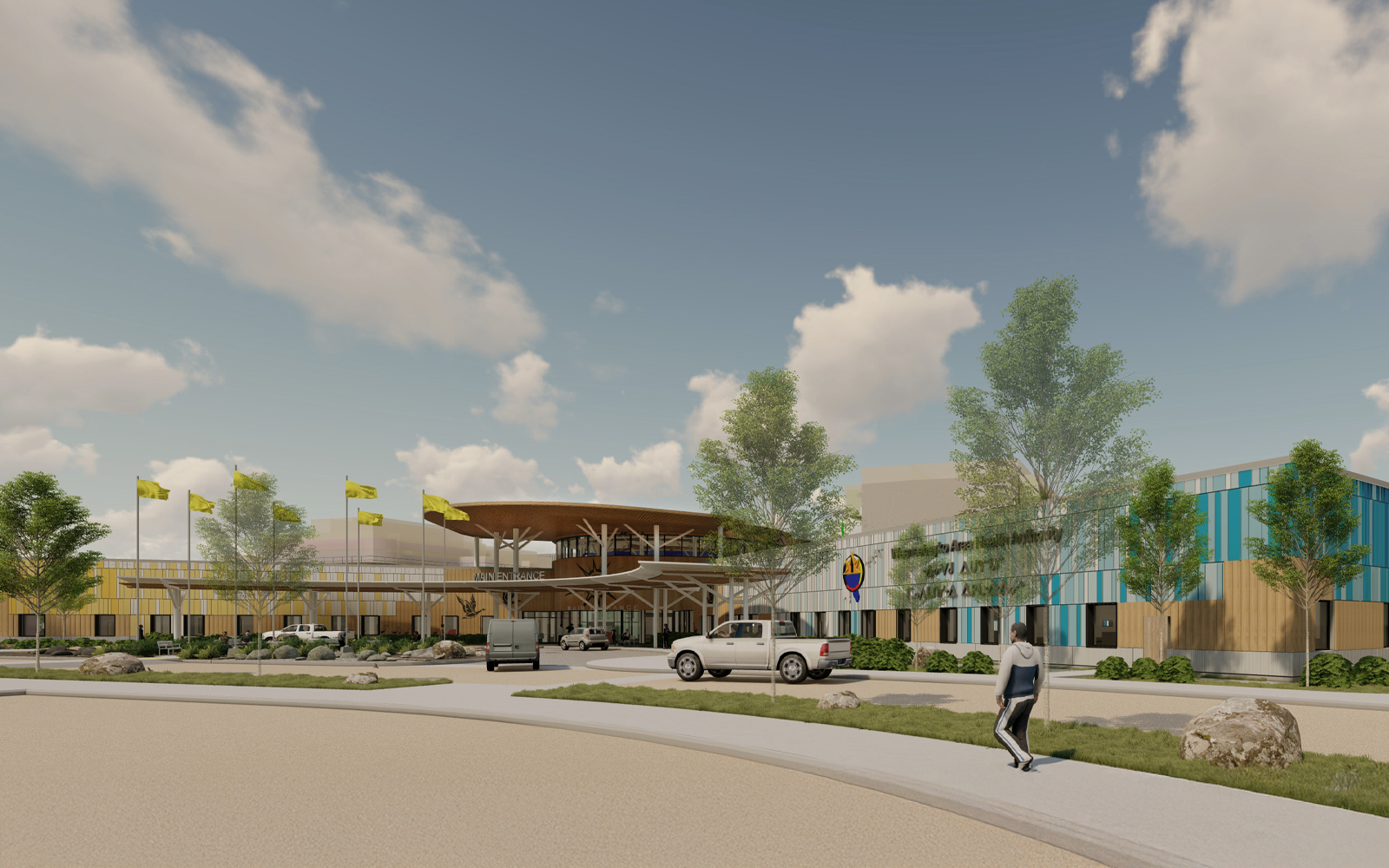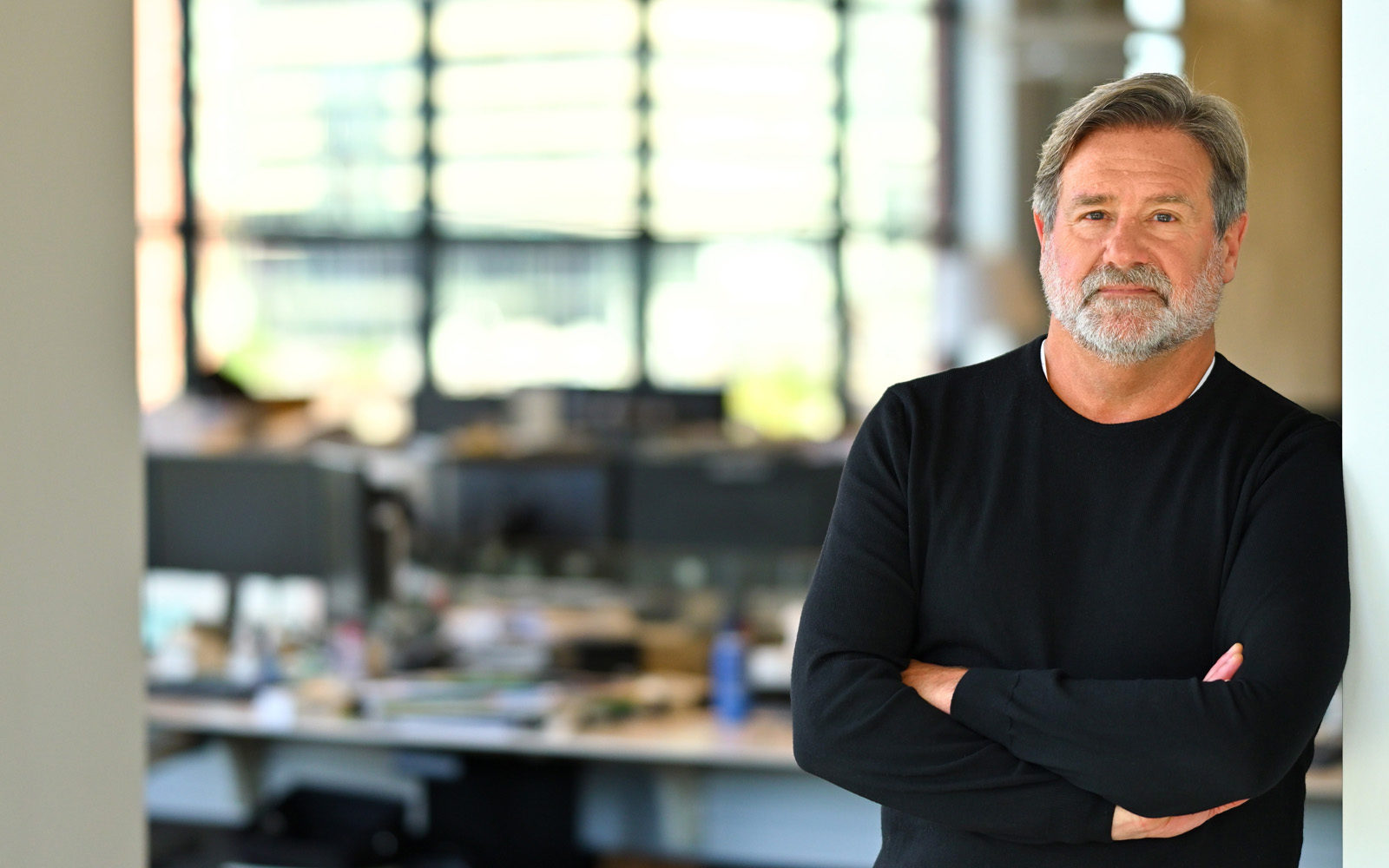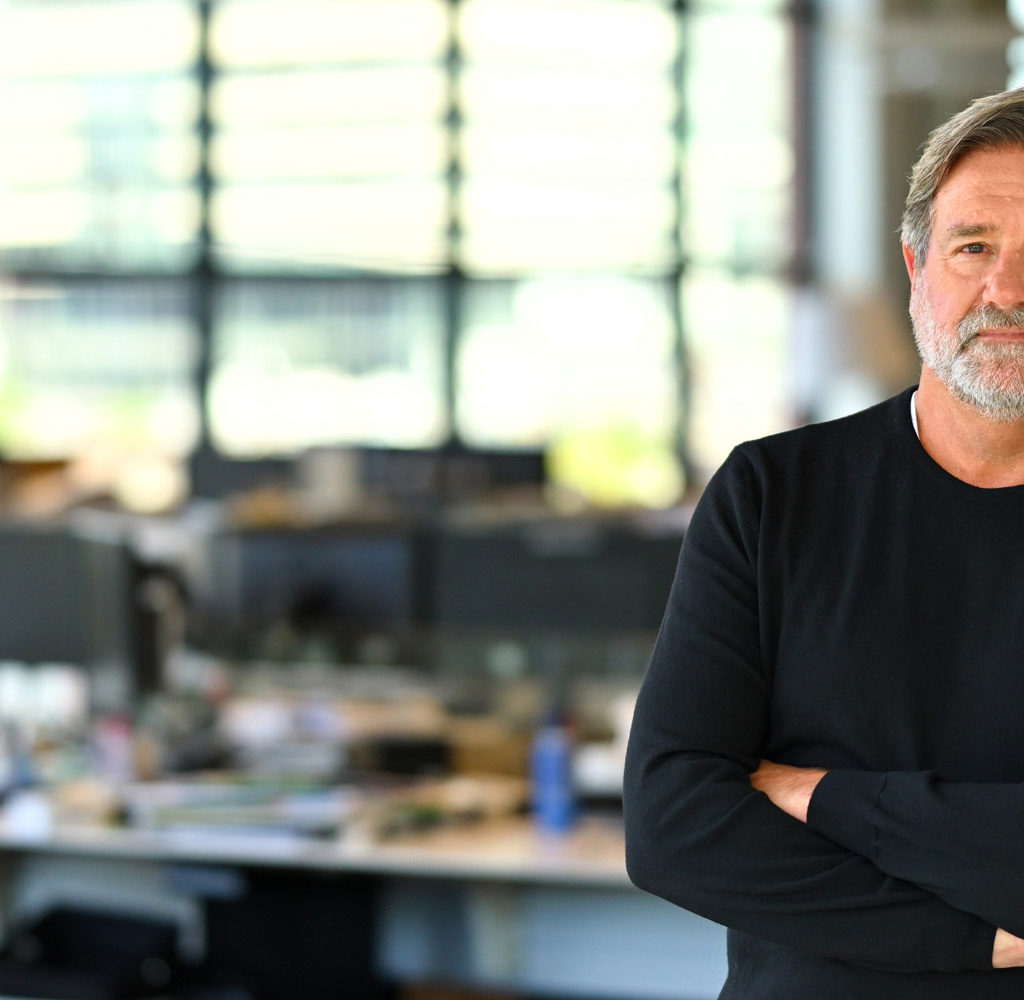Ian Sinclair
Principal - National Healthcare Lead
BA (Hons), MHA, CHE
Connect with Ian
If we start from a place that conveys healing and hope, we will create designs that support human emotions.
The most important reason to design a hospital is to better enable staff to improve patient outcomes. Ian approaches hospital design with reverence for all who depend on it: staff, patients, and families alike. He brings over 30 years of experience as a hospital capital planning and operations executive to his position as National Healthcare Lead at Kasian. With his background in health administration, he understands how each hospital department operates and what keeps stakeholders up at night. He starts by asking better questions to engage in a facilitated dialogue so that true collaboration leads to a co-created solution. His preference is to start with patients and families to learn their stories and expose touchpoints from which breakthrough designs emerge. Encouraging clients to put themselves in the shoes of the patient helps them redefine the key drivers of design.
His notable projects include leading the Queen Elizabeth II Health Science Centre Master Plan and Halifax Infirmary Redevelopment (PDC Team), the Peel Regional Cancer and Ambulatory Care Centre in Mississauga, and the Bridgepoint Health redevelopment in Toronto (as the Owner’s Representative). He is currently the Principal in Charge of several healthcare projects in Ontario, including Stevenson Memorial Hospital Redevelopment, Bridletowne Neighbourhood Centre, The Centenary Hospital Emergency Department expansion and renovation for SHN, Rockwood Terrace Long-Term Care (LTC), and the Weeneebayko and Area Health Authority redevelopment in Moosonee and Moose Factory.
My Sectors: Healthcare.
My Services: Planning, Design & Conformance
We asked, Ian Sinclair answered:
What makes a great design?
“In healthcare, the building itself should be part of the therapeutic process. To do that, I believe we must align design with the values of each organization I work with. It has to start there. I believe in creating spaces that affect us emotionally. If we start from a place that conveys healing and hope, we will create designs that support human emotions. Designing from a place of empathy for the patient will, I believe, lead to better patient outcomes. Extending this approach to staff — many of whom we know are mentally and physically drained doing their work — will, I believe, help to heal the healers, keeping them in their chosen professions when we need them most.”
What inspires you?
“I really get inspired by people who are courageous, who really dare to push limits in advocating for patients.”
EXPLORE MORE
Eagle Ridge Hospital Emergency Department Expansion: Enhancing capacity to support patient care
Port Moody, BC
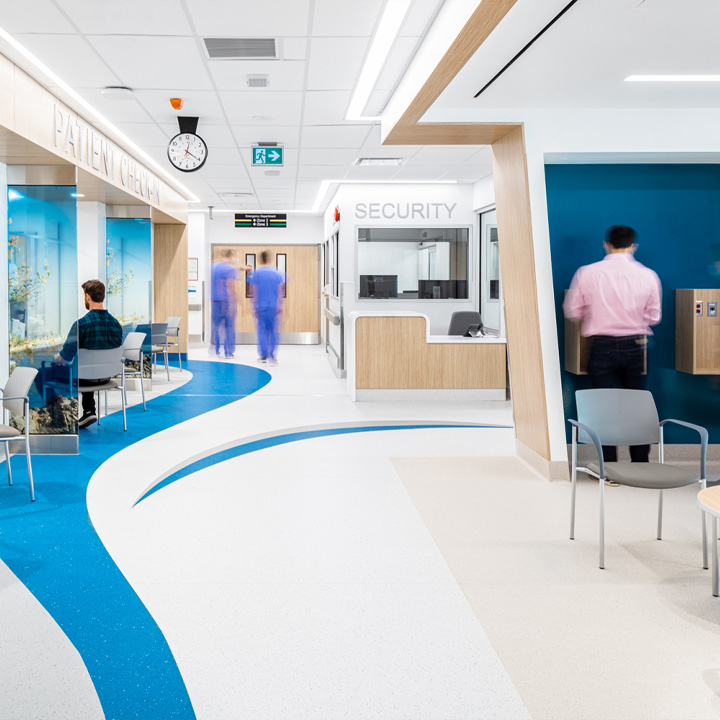
North Battleford: Creating a sense of home with institutional security
North Battleford, SK
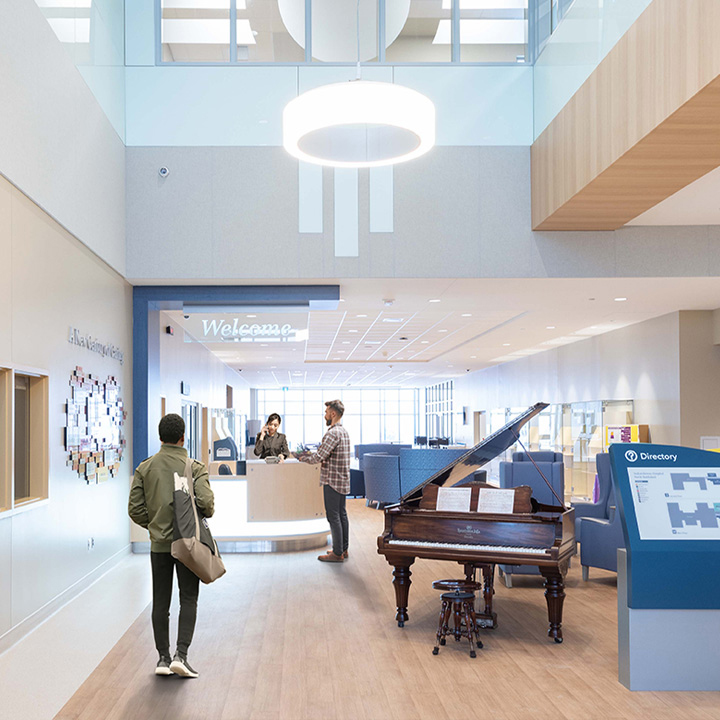
QE II Health Sciences Centre: Connecting care for Nova Scotians
Halifax, NS
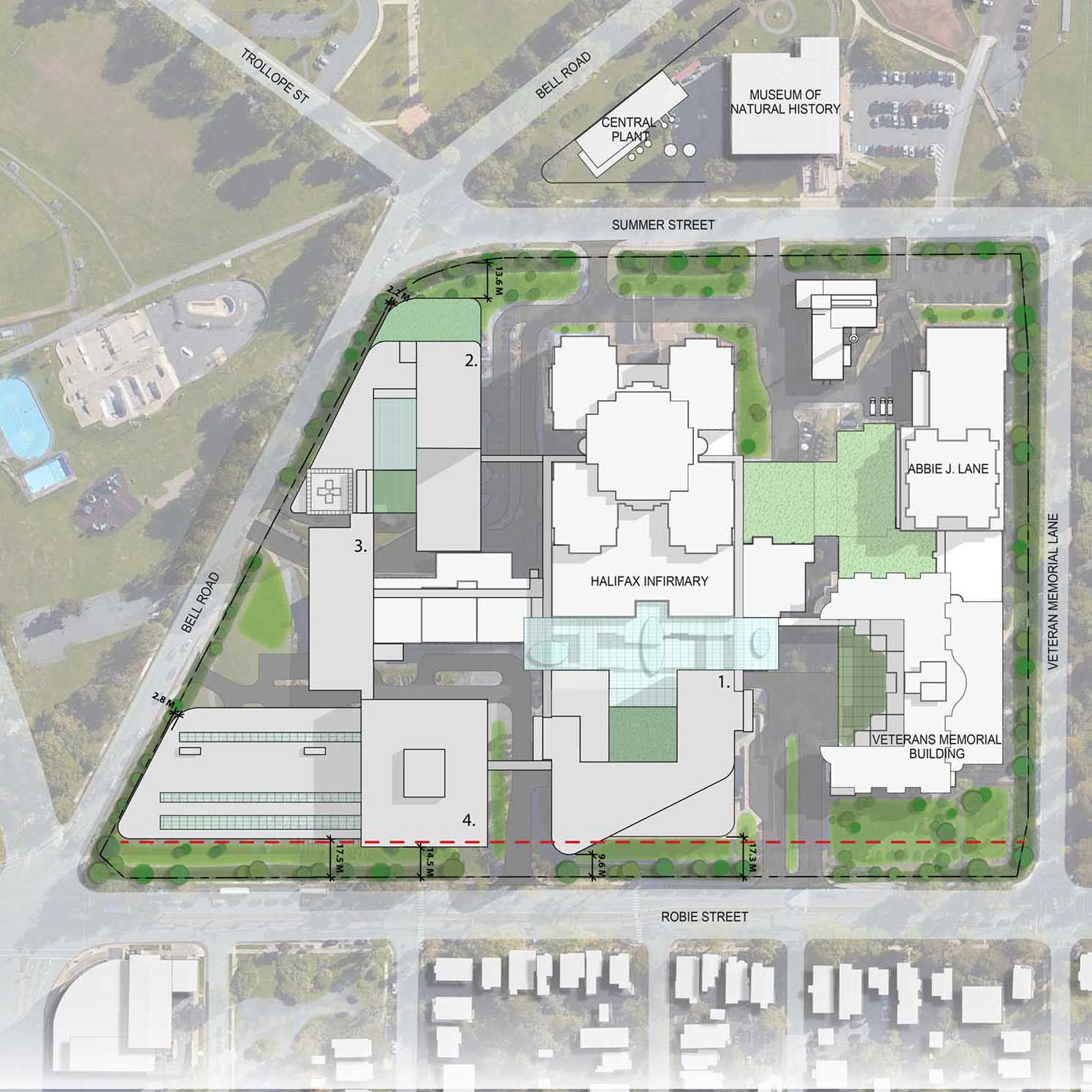
WAHA Redevelopment: Resilient, state-of-the-art design and reconciliation
Moosonee and Moose Factory Island, ON
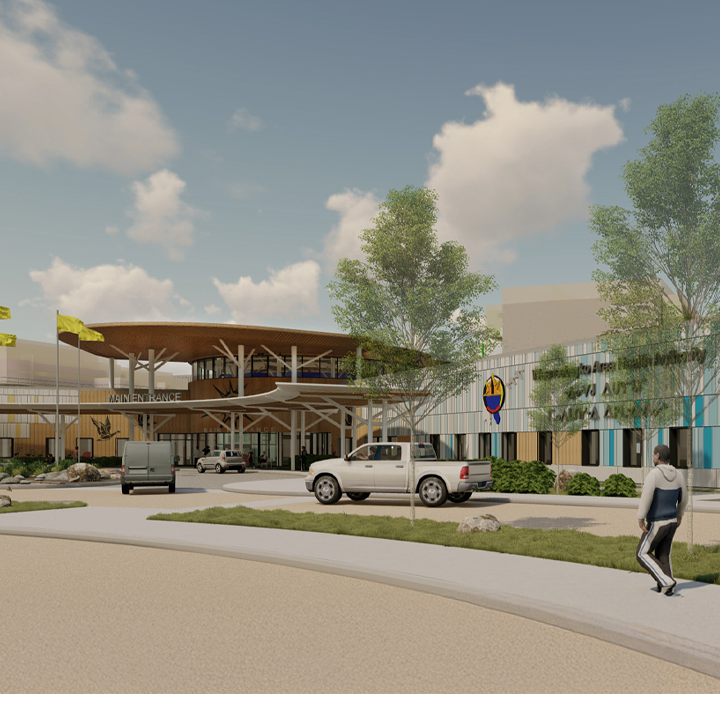
Announcing our Affiliate Membership to the Centre for Health Design
Announcement

CCHF panel summary: Balancing market pressures with social policy goals
Insights
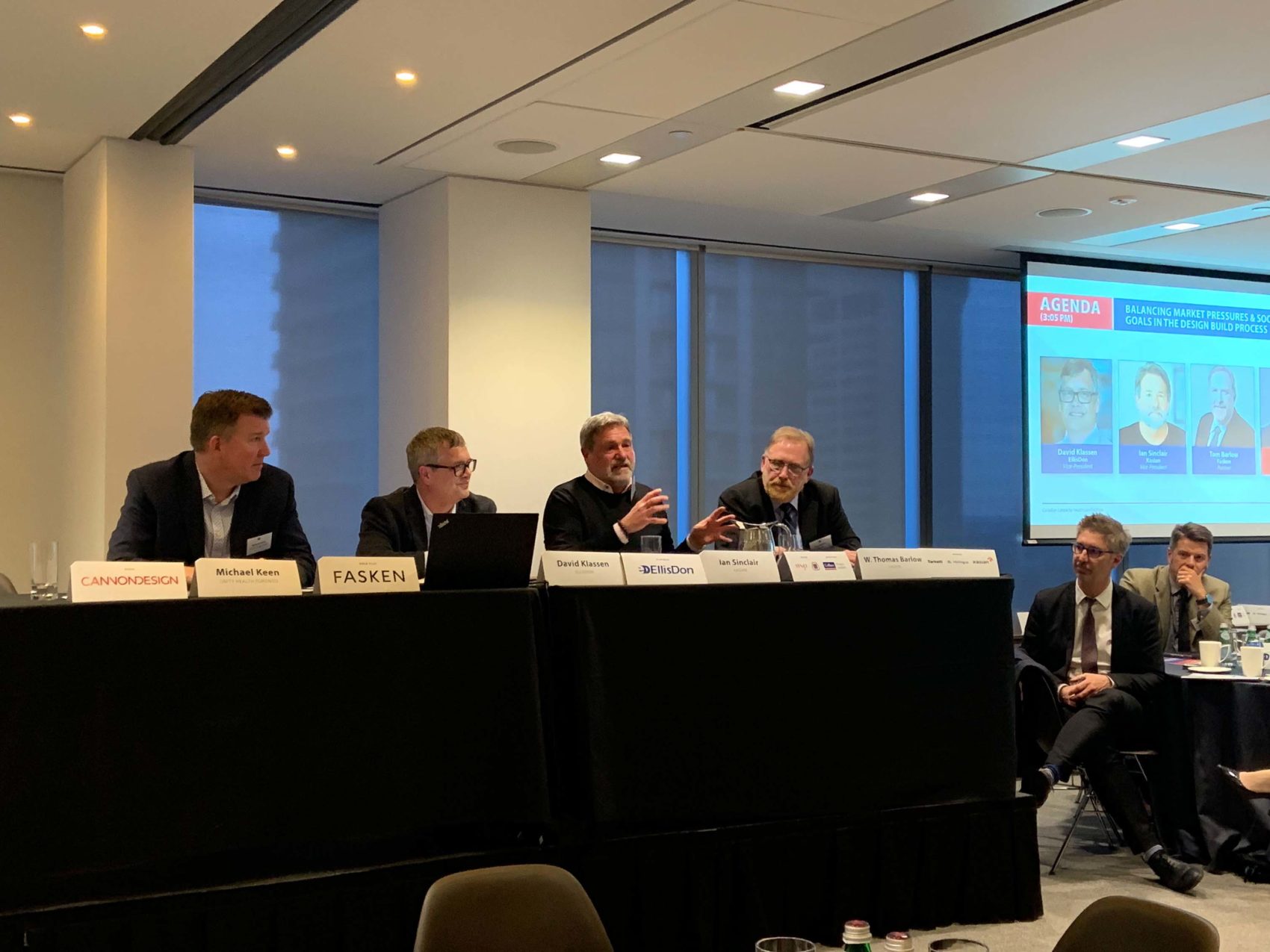
Healthcare design and the power of empathy
Insights
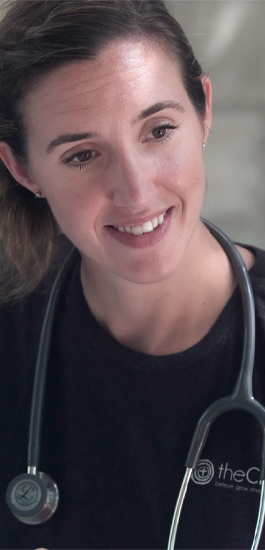
Ian Sinclair’s presentation at the Annual JAS Quebec Conference on Healthcare Design, June 4th, 2025
Presentation
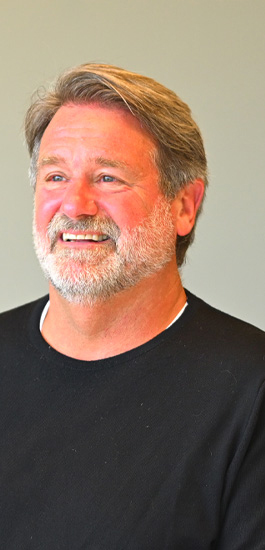
Join Ian Sinclair speaking at the Canadian Centre for Healthcare Facilities in Toronto
Presentation
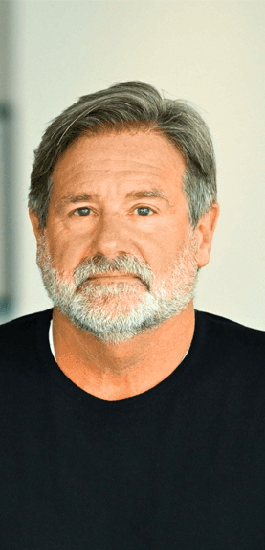
Kasian is awarded Prime Consultant for Stevenson Memorial Hospital Redevelopment
ANNOUNCEMENT
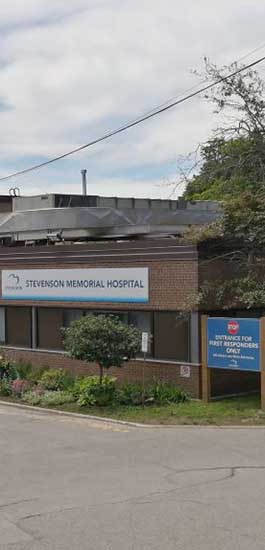
Kasian Selected to Design Emergency Department Expansion at SHN’s Centenary Hospital
ANNOUNCEMENT
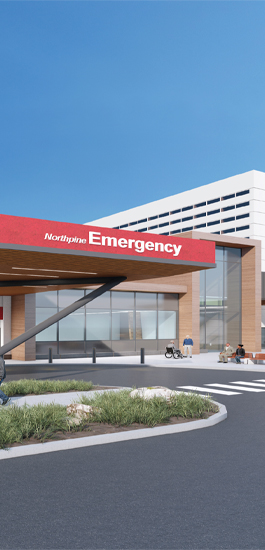
Mauro Di Carlo featured in EDAC newsletter
People spotlight
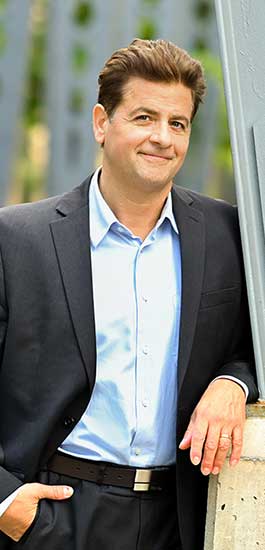
Nursing focused design: How do we heal the healers?
Insights
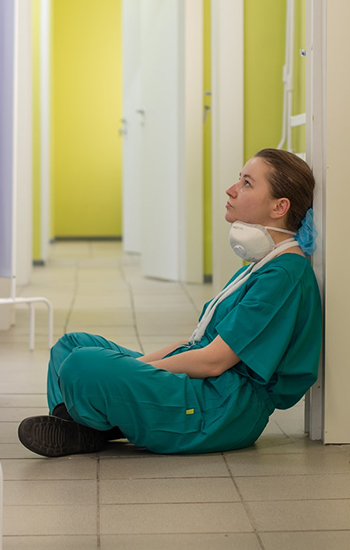
We have been selected as the prime consultant to design the Bridletowne Neighbourhood Centre
Announcement
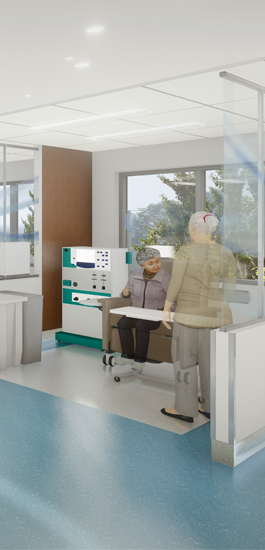
Weeneebayko Hospital Redevelopment Breaks Ground
Article
